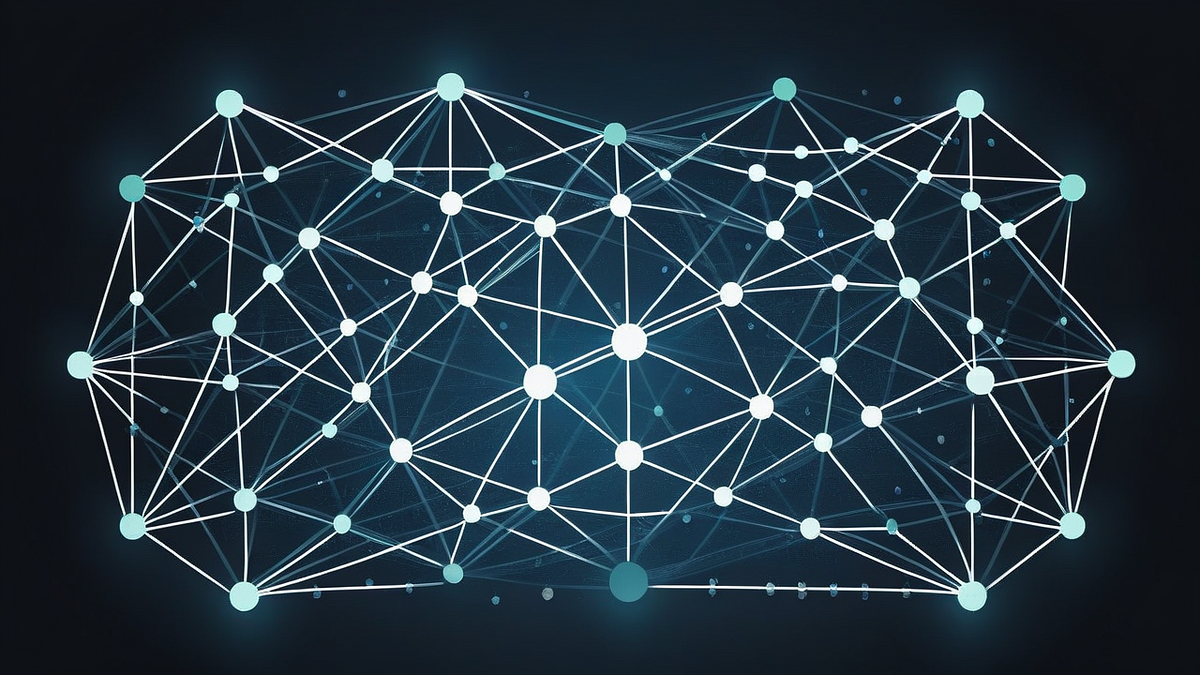Comprehensive Tutorials on GraphRAG: A Beginner's Guide to Leveraging Knowledge Graphs for Retrieval-Augmented Generation
This article presents a series of tutorials aimed at helping beginners understand and get started with GraphRAG, an advanced version of Retrieval-Augmented Generation (RAG) that uses Knowledge Graphs instead of vector databases.
The article starts by explaining what GraphRAG is and how it differs from standard RAG. It then provides step-by-step tutorials on various aspects of GraphRAG:
-
How GraphRAG Works: This tutorial covers the key components of GraphRAG, including Knowledge Graph creation, community detection, and retrieval.
-
GraphRAG using LangChain: This tutorial demonstrates how to create a basic GraphRAG application using LangChain's LLMGraphTransformer and any Language Model.
-
GraphRAG for CSV Data: This tutorial shows how to build a RAG system over CSV data, which involves fewer steps compared to the standard approach.
-
GraphRAG for JSON: This tutorial explains how to convert JSON data into an unstructured text format, create a Knowledge Graph, and then build a GraphQARetrieval chain.
-
Knowledge Graphs using LangChain: This tutorial covers the process of creating Knowledge Graphs using LangChain, which can be useful for GraphRAG and data analysis when the data has a visible graph structure.
-
RAG vs GraphRAG: The final tutorial compares and contrasts RAG and GraphRAG, highlighting the differences in complexity, use cases, and cost, to help users decide which approach to use.
Overall, this article provides a comprehensive set of tutorials that can help beginners understand and get started with the powerful GraphRAG technique, which leverages Knowledge Graphs to enhance Retrieval-Augmented Generation.
התאם אישית סיכום
כתוב מחדש עם AI
צור ציטוטים
תרגם מקור
לשפה אחרת
צור מפת חשיבה
מתוכן המקור
עבור למקור
medium.com
GraphRAG tutorials for Beginner
תובנות מפתח מזוקקות מ:
by Mehul Gupta ב- medium.com 07-23-2024
https://medium.com/data-science-in-your-pocket/graphrag-tutorials-for-beginner-936ad9eea588
שאלות מעמיקות
